The concept of eating a rainbow has long been touted by nutritionists as a simple yet powerful way to ensure a diverse intake of nutrients. But beyond the vitamins and minerals that often steal the spotlight, there’s an unsung hero in colorful plant-based foods: phytochemicals. These naturally occurring compounds, responsible for the vibrant hues of fruits and vegetables, are increasingly recognized for their role in promoting health and preventing disease. The rainbow diet isn’t just about aesthetics—it’s a science-backed strategy to harness the full spectrum of phytochemical benefits.
Phytochemicals, or phytonutrients, are bioactive compounds that plants produce for their own protection against environmental threats like UV radiation and pests. When we consume these compounds, they exert similarly protective effects in the human body. From the deep purple of anthocyanins in blueberries to the bright orange of beta-carotene in carrots, each color group represents a distinct family of phytochemicals with unique health properties. The synergy between these compounds is what makes the rainbow approach far more effective than focusing on isolated nutrients.
The red spectrum, found in foods like tomatoes, watermelon, and pink grapefruit, is rich in lycopene. This potent antioxidant has been extensively studied for its ability to combat oxidative stress and reduce the risk of certain cancers, particularly prostate cancer. What’s fascinating about lycopene is that its bioavailability actually increases when tomatoes are cooked, making tomato sauce and sun-dried tomatoes excellent concentrated sources. The red group also includes anthocyanins in strawberries and raspberries, which support cardiovascular health by improving endothelial function and reducing arterial stiffness.
Moving along the color wheel, orange and yellow foods like carrots, sweet potatoes, and bell peppers owe their hue to carotenoids such as beta-carotene, lutein, and zeaxanthin. These compounds are crucial for eye health, acting as natural filters against harmful blue light and reducing the risk of age-related macular degeneration. The body converts some carotenoids into vitamin A, essential for immune function and skin integrity. Citrus fruits in this category provide hesperidin, a flavonoid that enhances blood vessel health and may help lower blood pressure.
The green group represents perhaps the most diverse array of phytochemicals. Leafy greens contain chlorophyll, but more importantly, they’re packed with sulforaphane (in broccoli), indoles (in kale), and epigallocatechin gallate (in green tea). These compounds activate the body’s detoxification pathways and modulate cellular processes that protect against cancer. Cruciferous vegetables are particularly noteworthy for their glucosinolates, which break down into isothiocyanates—compounds that influence gene expression and have demonstrated anti-tumor effects in numerous studies.
Blue and purple foods like eggplant, blackberries, and purple cabbage contain anthocyanins at higher concentrations than their red counterparts. These pigments cross the blood-brain barrier and have been shown to enhance cognitive function by reducing neuroinflammation and promoting neuronal signaling. Regular consumption of these deeply colored foods correlates with slower rates of age-related cognitive decline. The same compounds also exhibit strong anti-diabetic properties by improving insulin sensitivity and reducing postprandial glucose spikes.
Even white and brown foods, often overlooked in the rainbow diet, contain valuable phytochemicals. Allicin in garlic and onions exhibits potent antimicrobial and cardiovascular benefits, while quercetin in apples and cauliflower provides anti-inflammatory effects. Mushrooms contain unique polysaccharides like beta-glucans that enhance immune surveillance against abnormal cells. The diversity of these compounds underscores the importance of including all color groups, not just the most visually striking ones.
Modern research continues to uncover how these plant compounds interact with our gut microbiota. Many phytochemicals are metabolized by intestinal bacteria into more bioactive forms, creating a symbiotic relationship where the compounds modulate the microbiome while the microbiome enhances their efficacy. This bidirectional interaction helps explain why whole foods consistently outperform isolated phytochemical supplements—the complex matrix of fiber, micronutrients, and phytonutrients in whole plants creates a therapeutic effect that can’t be replicated in pill form.
Practical implementation of the rainbow diet involves more than simply adding colorful produce to meals. The bioavailability of phytochemicals depends on food preparation methods—chopping garlic and letting it sit before cooking enhances allicin formation, while steaming rather than boiling preserves water-soluble compounds. Pairing fat-soluble carotenoids with healthy fats significantly increases their absorption. Even the timing of consumption matters, as some phytochemicals compete for the same absorption pathways when consumed simultaneously.
Despite the growing body of evidence supporting phytochemical-rich diets, modern eating patterns have moved away from this diversity. The prevalence of beige diets heavy in processed grains, meats, and sugars has created what researchers term "phytochemical deficiency." This nutritional gap may contribute to the rising incidence of chronic diseases, even among individuals who meet basic vitamin and mineral requirements. Reconnecting with traditional diets that naturally incorporated a broad spectrum of plant colors could be a key strategy in addressing modern health challenges.
The rainbow diet ultimately represents a return to dietary patterns that humans evolved with—a diverse array of seasonal, locally available plants providing thousands of bioactive compounds that work in concert. As research continues to decode the complex interactions between these phytochemicals and human physiology, one principle remains clear: no single compound holds the key to health, but rather the symphony of colors nature provides. By making our plates as vibrant as a painter’s palette, we tap into an ancient wisdom that modern science is only beginning to understand.

By /May 21, 2025
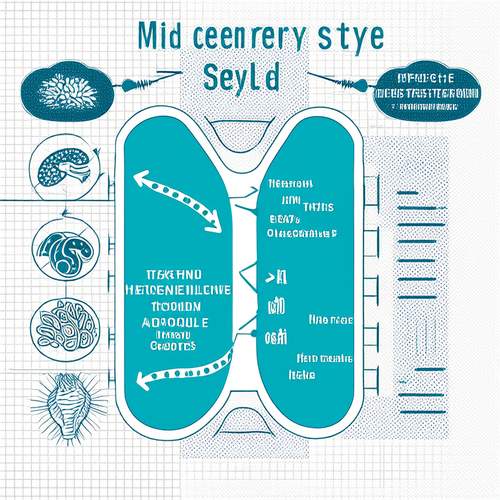
By /May 21, 2025

By /May 21, 2025
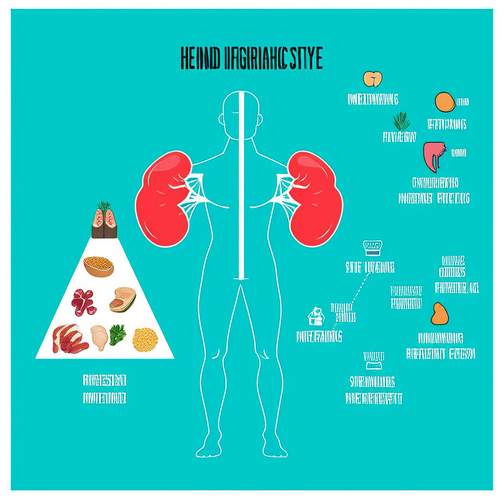
By /May 21, 2025
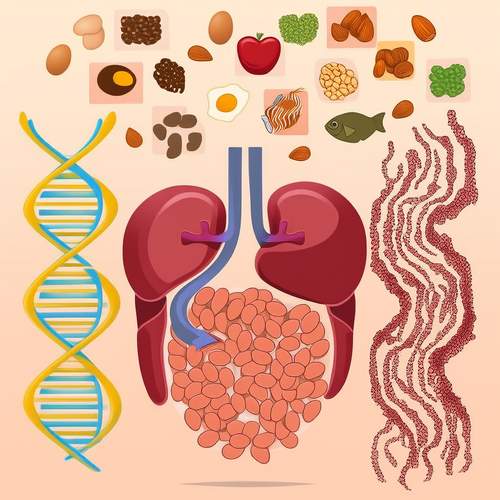
By /May 21, 2025
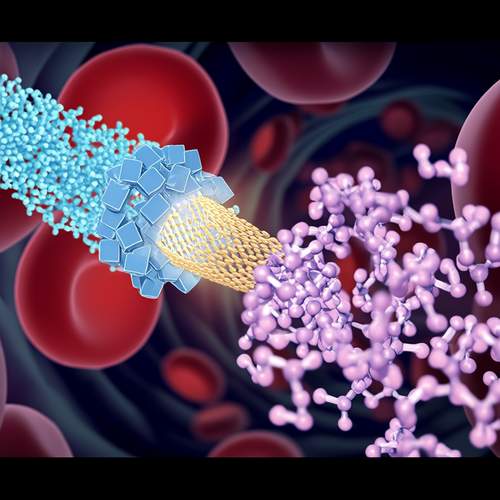
By /May 21, 2025
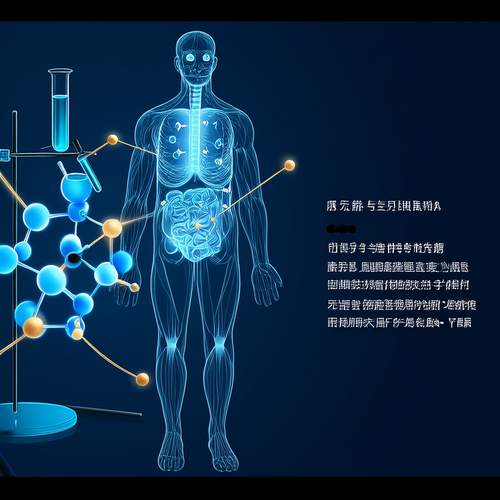
By /May 21, 2025
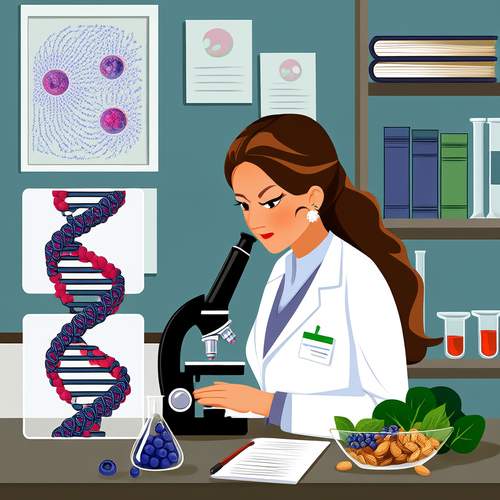
By /May 21, 2025
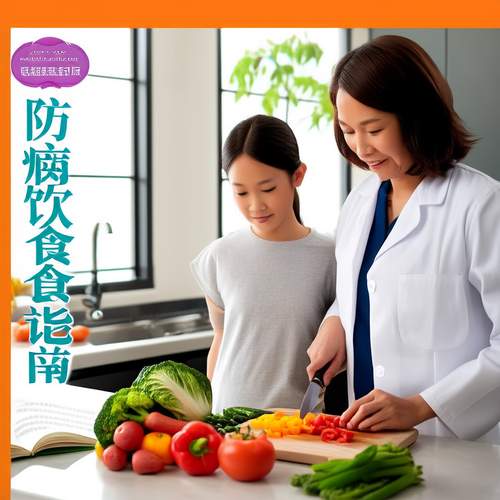
By /May 21, 2025
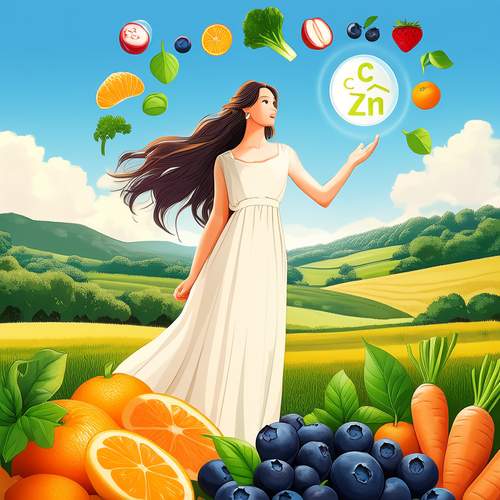
By /May 21, 2025
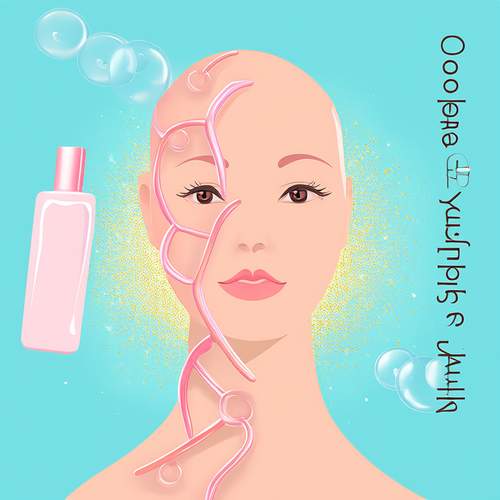
By /May 21, 2025

By /May 21, 2025
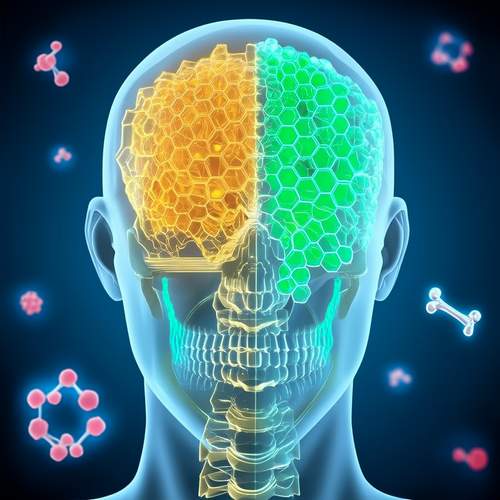
By /May 21, 2025

By /May 21, 2025
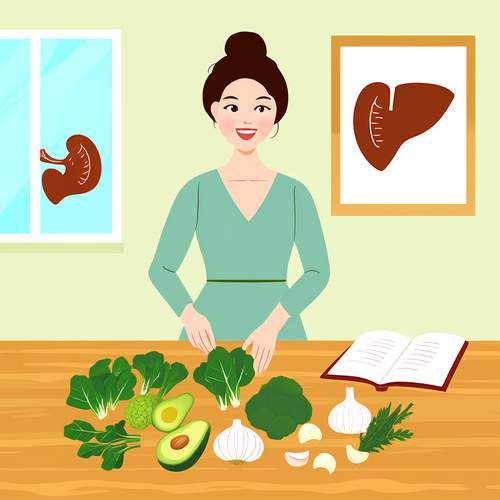
By /May 21, 2025

By /May 21, 2025

By /May 21, 2025
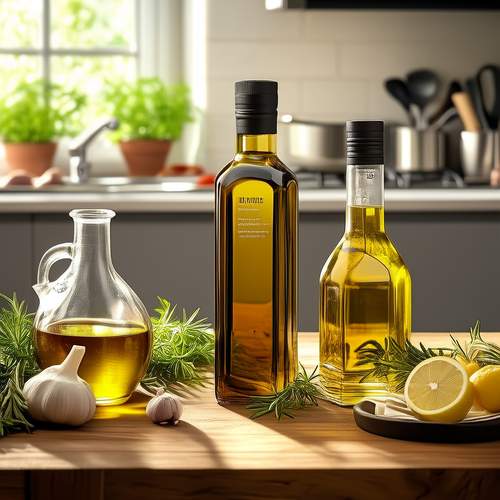
By /May 21, 2025

By /May 21, 2025
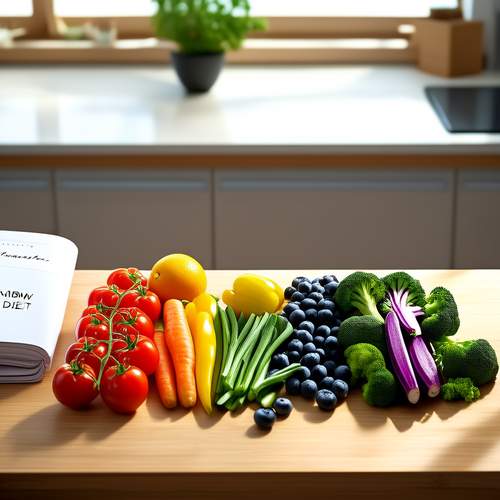
By /May 21, 2025